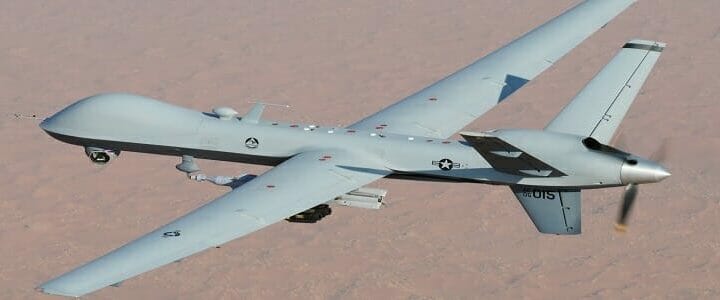A funny, but odd, story from Cold War days goes like this. Soviet inspectors, in the United States on an official visit under the provisions of one of the international confidence building treaties, were being guided around a military post. They came to a fork in a heavily forested road, en-route to another site. “Go this way,” they demanded, as their accompanying U.S. guides turned to head in the opposite direction. “Why?” the Americans asked. “Because we want to see what you have down here,” they insisted. pointing down a wooded track to a creekbed. “Ok, but you’re on your own,” the military men stated. The puzzled Russians asked,”Why won’t you come with us?” “Because that’s where the snakes live.”
Treaties and visitors to cleared facilities come in all varieties. Few know that the Open Skies Treaty is still in effect. This treaty, negotiated at the height of the Cold War and still active, was designed so that unarmed aircraft, flying over military and other facilities of a signatory country, could enhance mutual understanding and confidence by gathering information through aerial imaging on military forces and activities of concern to them.
What does this mean in practice? Why should clearance holders care?. If your facility has outdoor activities, you must care about this treaty. It means that any testing you do can be observed – perhaps by this treaty, and a host of other surveillance platforms from space.
Are you aware of aerial surveillance?
We speak at length about protecting our information, computer generated data, and papers. Yet, these papers and computer data create classified things. This is critical to understand, because these are as vulnerable as the information which led to their creation. Photographs from our earliest U-2 flights became available to the public years ago. Their resolution was chancy, to say the least. Nowadays, with cameras so capable you can read details only imagined long ago, details of your work are there for all to see and evaluate.
Just what does that mean? I spoke to an analyst once. He was a master of detail. “We can look at a piece of equipment, measure its width, and know if something has been added to a previous version. Then we speculate on what’s inside that we can’t see,” he said. This is how technical evaluations begin. And it is caused when you leave something visible which should not be. Do you know how to protect your classified devices, weapons, or heavy equipment when outside? Do you know what you want to protect? Why build a multi-million dollar lodging for a tank when all you want to protect is the secure device you just invented for use on a tank turret? That device can be placed in a safe at the end of the day, saving your company lots of grief and protecting your investment.
Who’s Snooping Around Your Facility?
It used to be that you were given limited notification of visits by treaty signatories to your facility itself. This problem still exists, and is even enhanced. Visitors from other companies are just as likely to be snooping around for information about you, their competition. A common phrase years ago was to ‘shroud’ something so no one could see. That meant that if an inspection or uncleared visitors were coming through, the company’s cleared personnel would have to swing into action. Literal tarps, or covers, were to be thrown over classified projects being worked on. This is critical to understand. Someone had to identify what could not be shown. Someone had to have bought a piece of protective shielding sufficient to hide the item. Someone had to be designated, with an alternate, as responsible to hide the piece of equipment or machinery whenever someone came through. Do you have a plan for this?
Who will guide your visitors? Someone from your company who can reasonably answer questions appropriate to the visit would fill the bill. He or she should be selected because they can handle the nuances of not revealing something which might lead to compromise. Almost every time a visit is arranged, the visitors ask to interview employees. Would your workers know what to protect, and what not to comment upon? What devices can your visitors bring with them? What quality of camera, for instance? What does their presence mean to your classified project? How have they come to know your firm can be visited by their inspectors?
Don’t forget that sometimes you are dealing with another company that is not American. Some companies conceal their foreign origins for business purposes. Several banks, for instance, only go by initials, the better you the customer don’t know they are wholly owned by a foreign country. It’s the same with visitors. It has been said that some companies ‘compartment’ their projects, so that only Americans deal with American projects. The parent company is precluded from knowing what the company does by contract. Check to see if this is true, or in any meaningful way to be trusted.
Cleared contractors shouldn’t forget a critical asset available to them – the Defense Security Service representative. They will know what you can and can’t do to protect testing of your activities. You’ll go through them for your threat assessment, and normally will have information on what treaties you are subject to. This makes for interesting, if often troubling reading. This might be the first time you’ve ever heard of a treaty which affects your work. You might find many restrictions which must be addressed if you wish to test at various locations. You’ll find you are limited to testing times, places, and people who must be present, and who must be made aware. But forewarned is forearmed. Good companies come to know what they must do to prepare for visits, and it can be extensive. It is, however, in the interests our our country that it is done.




